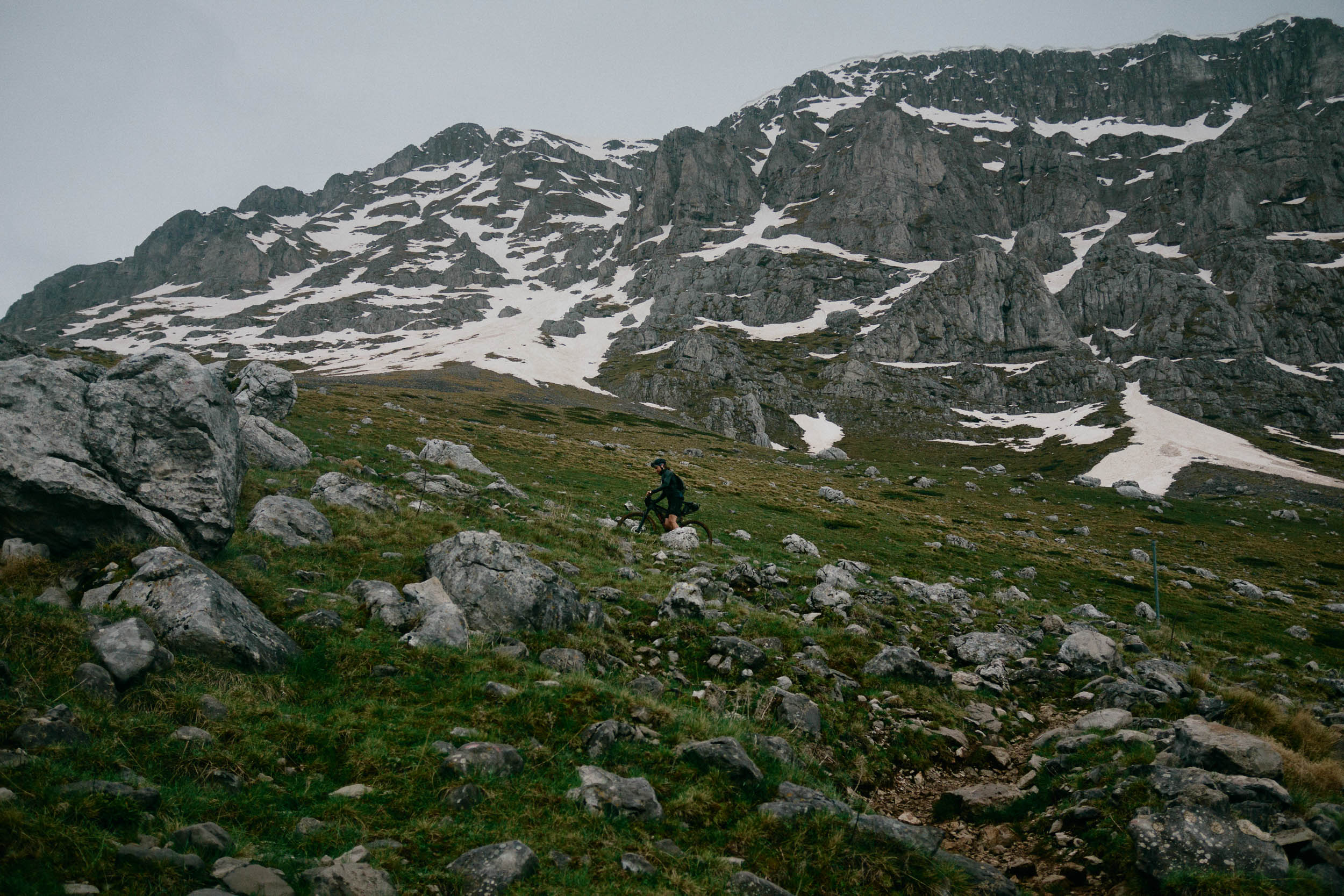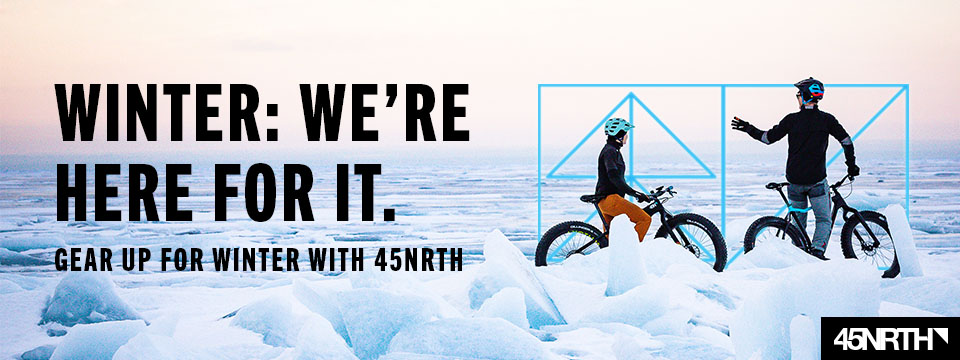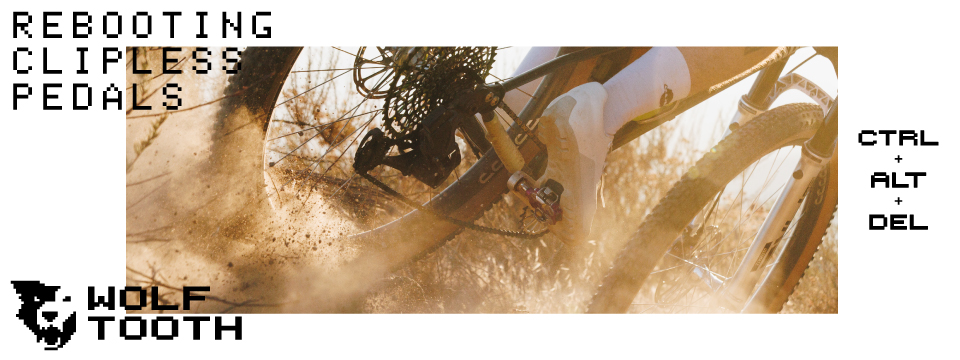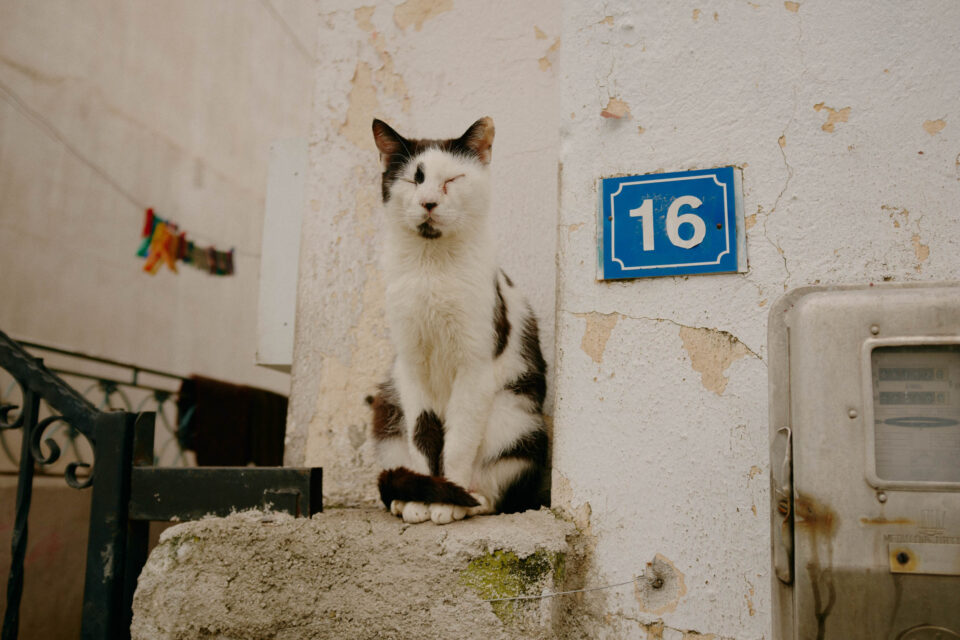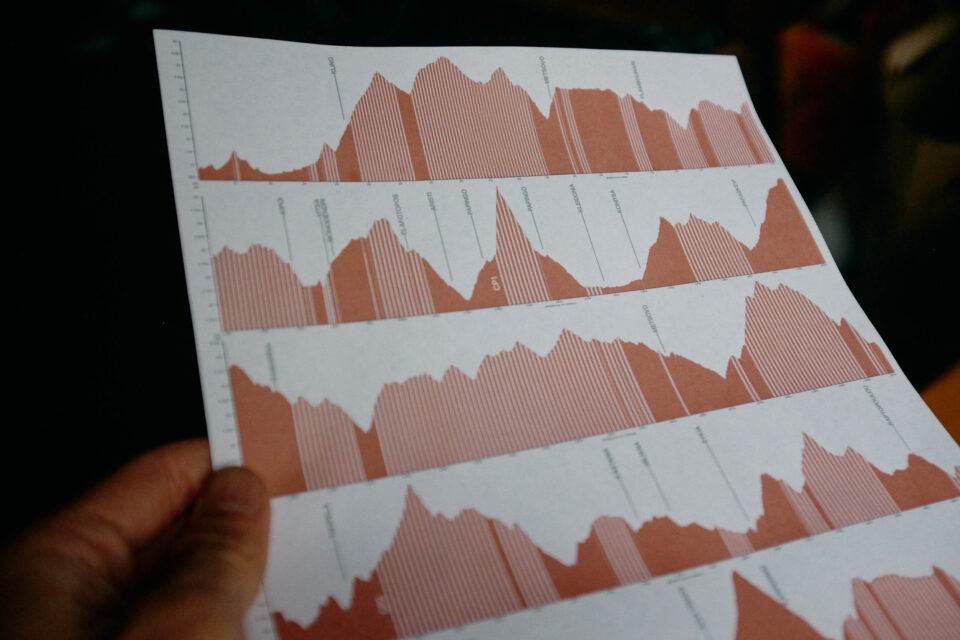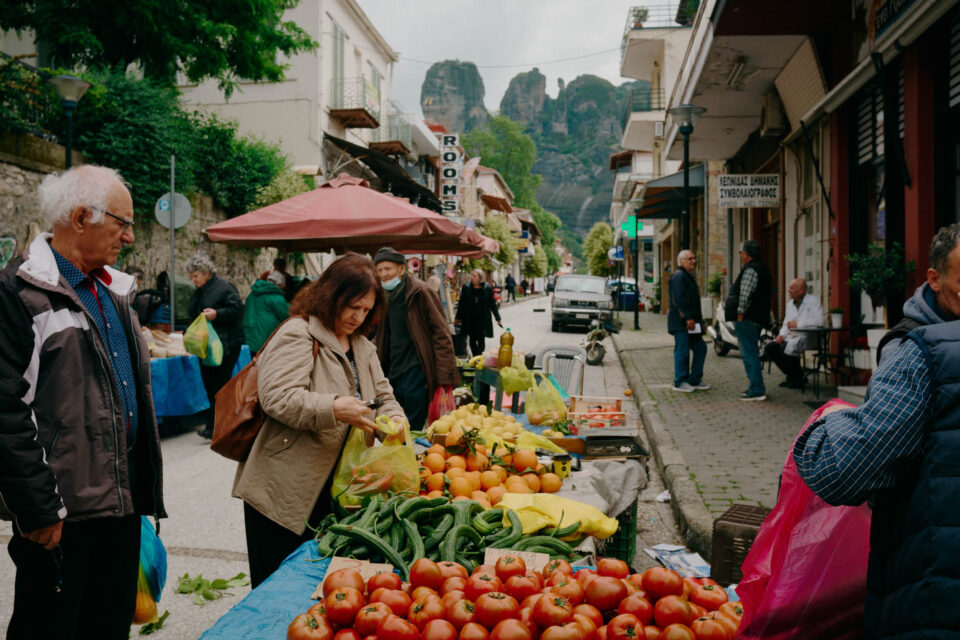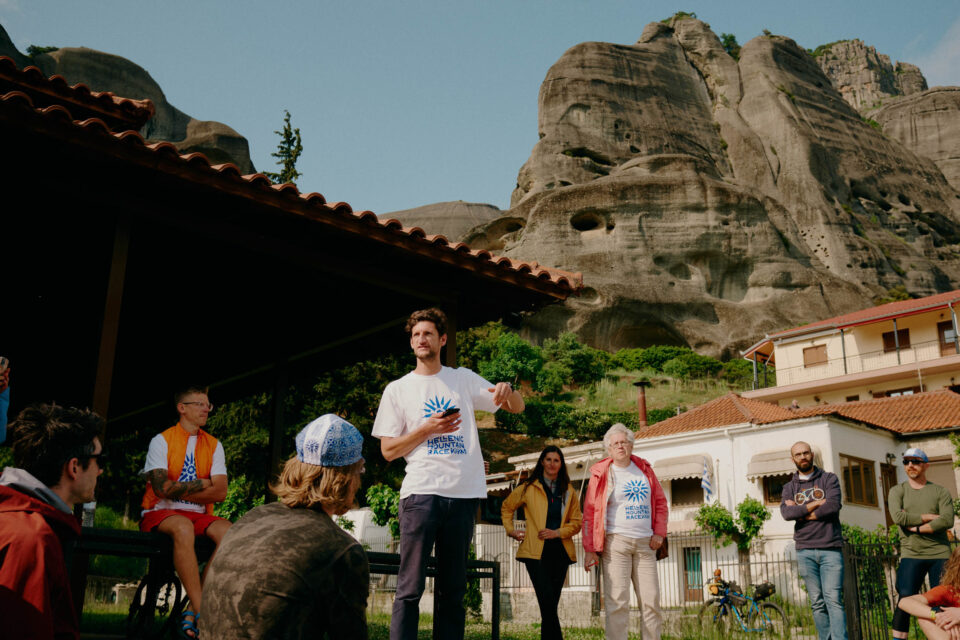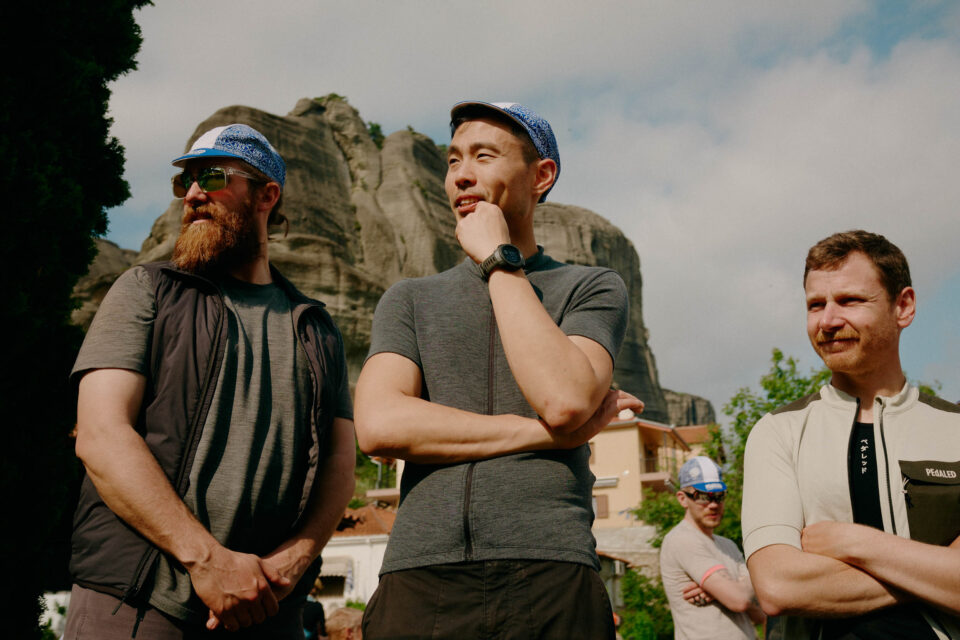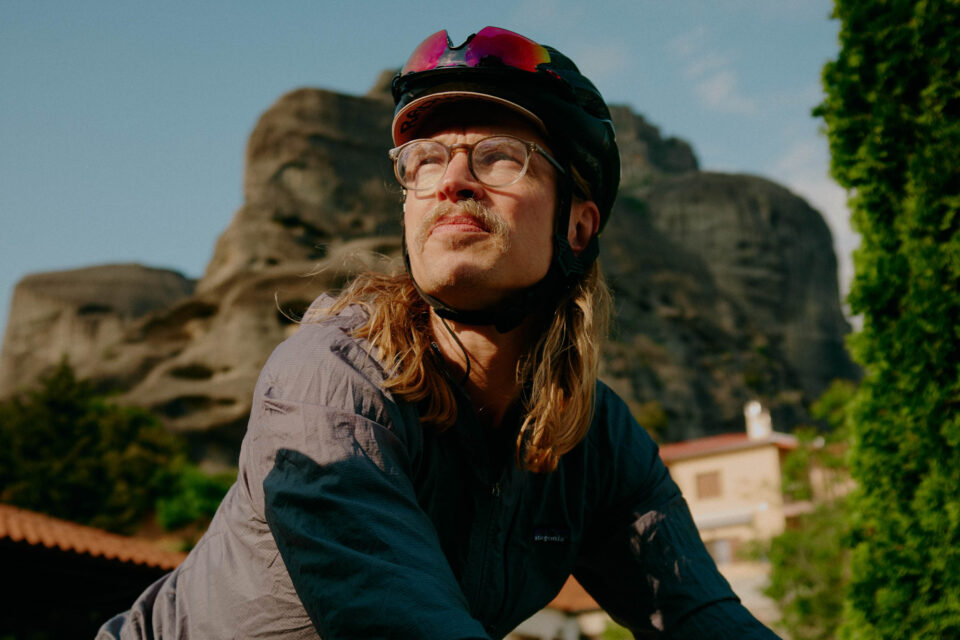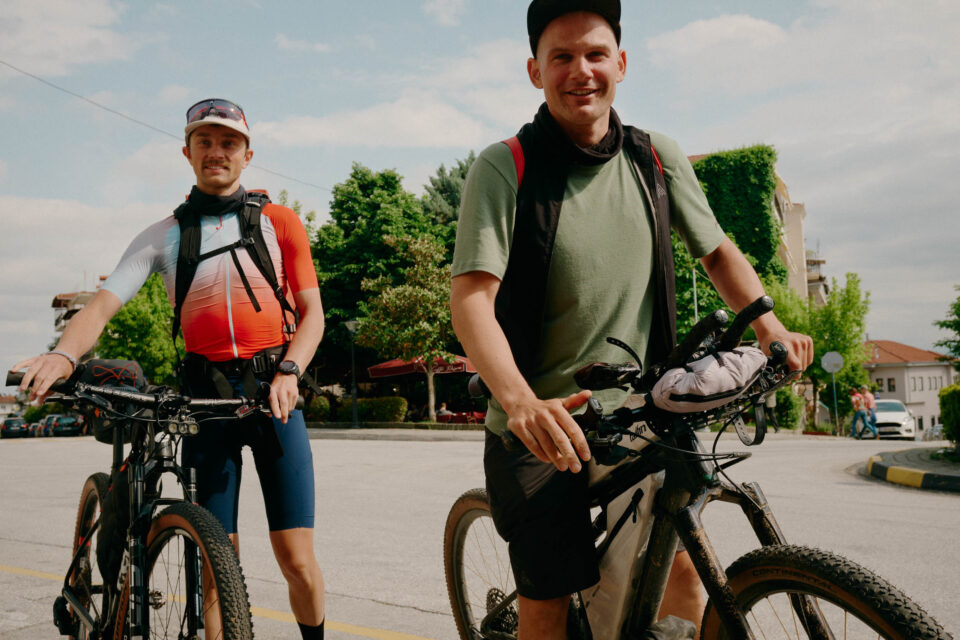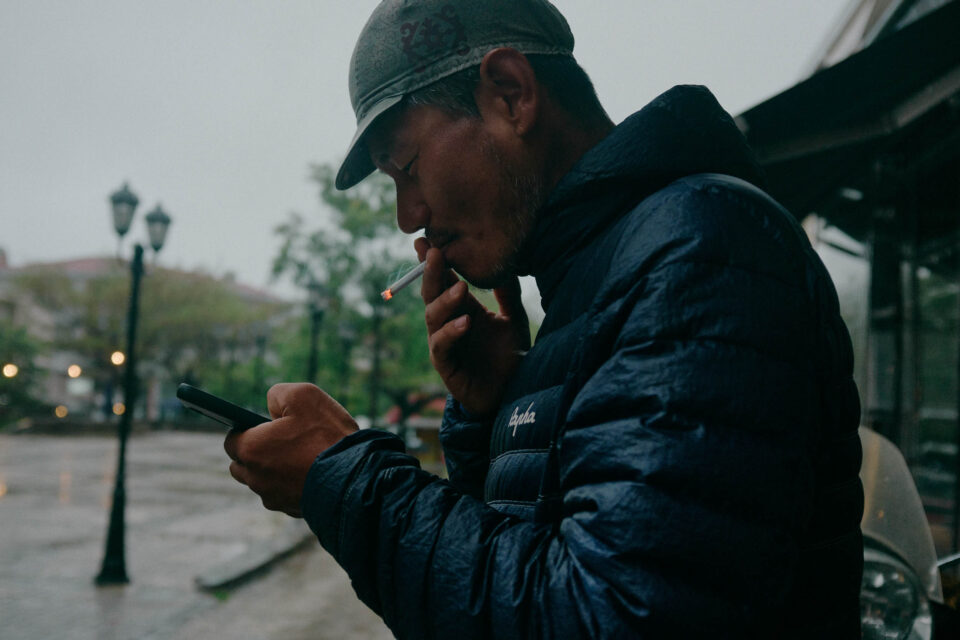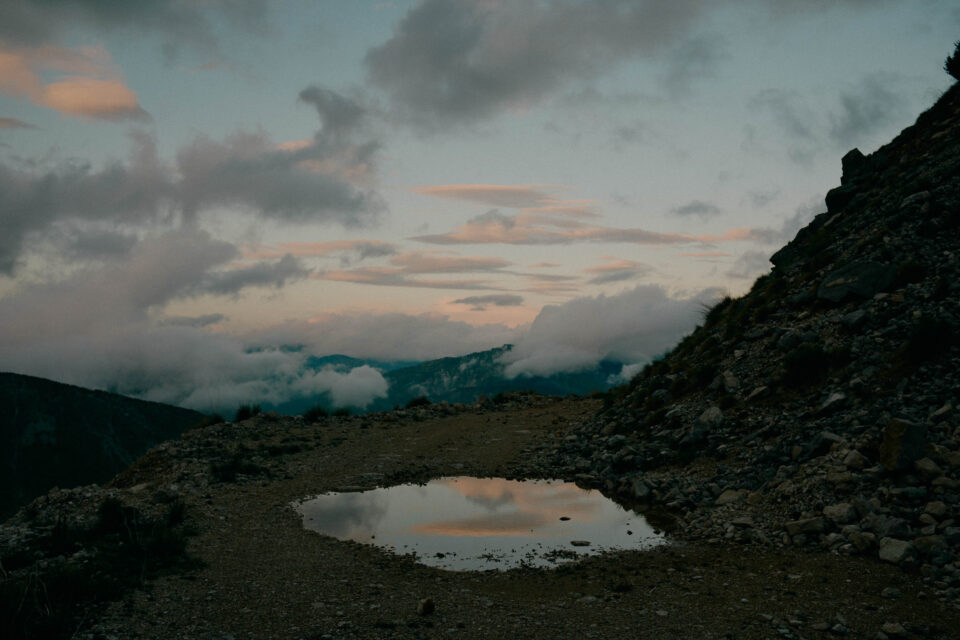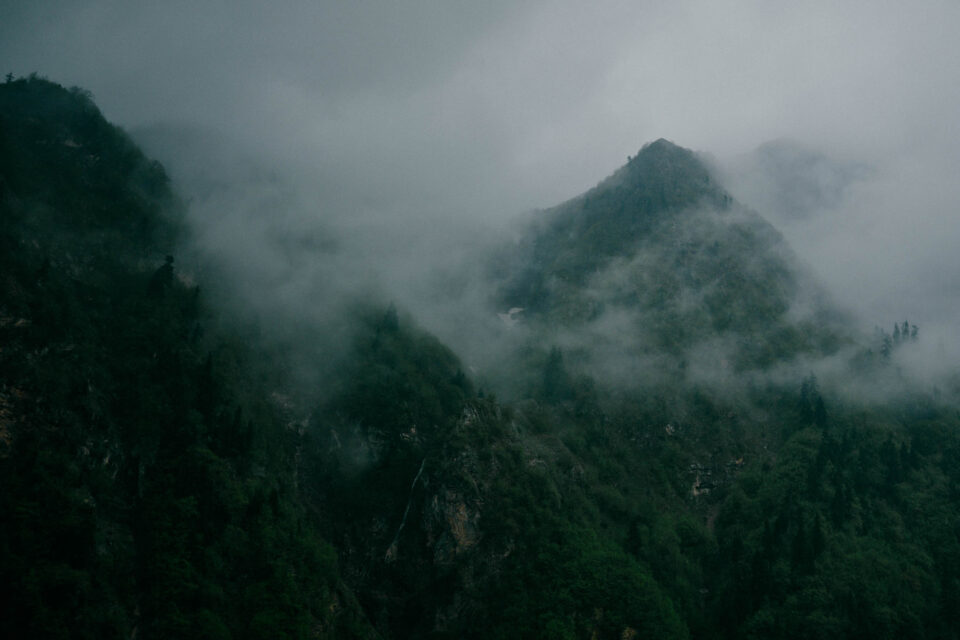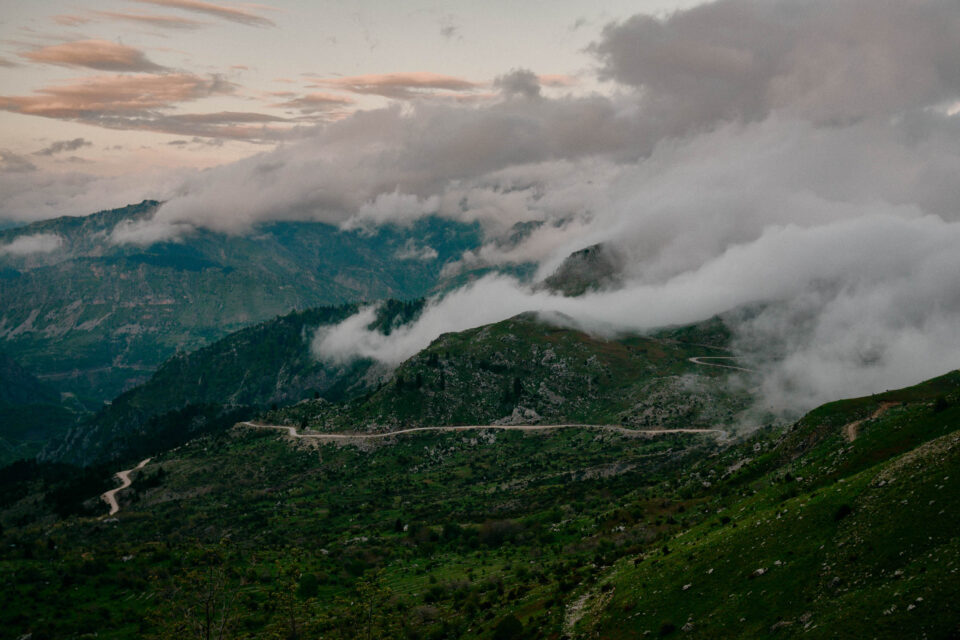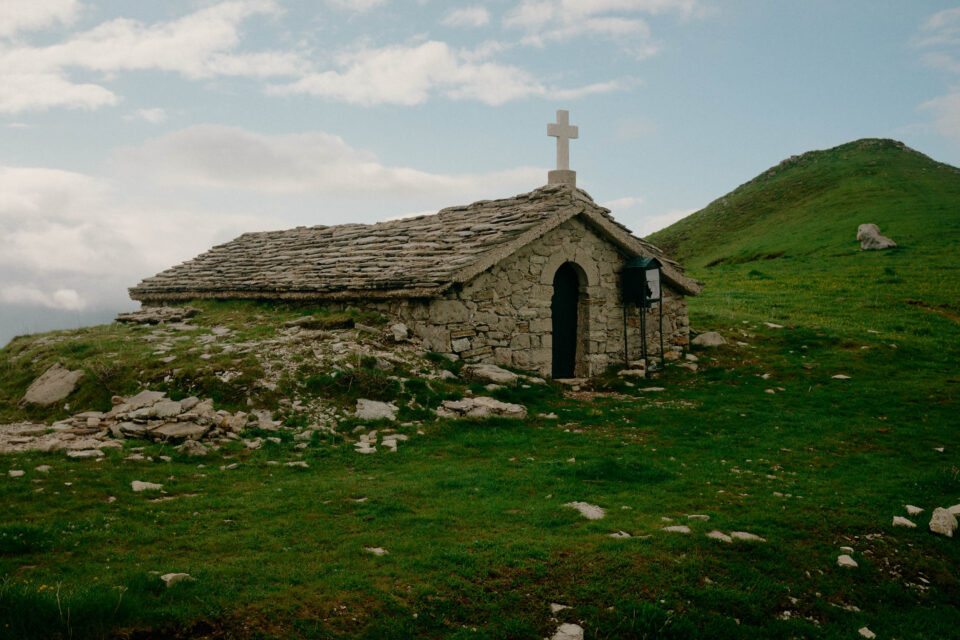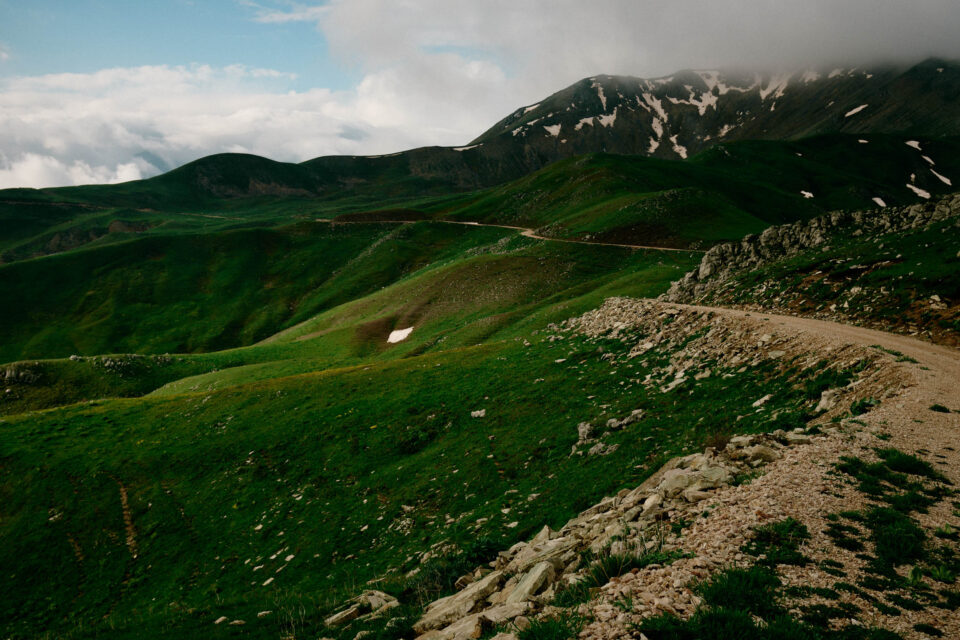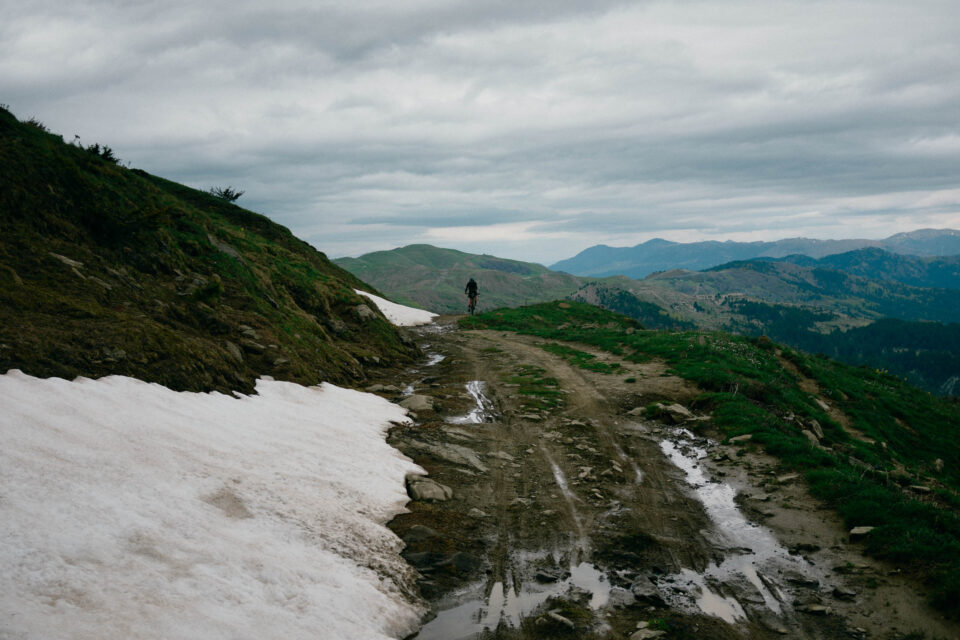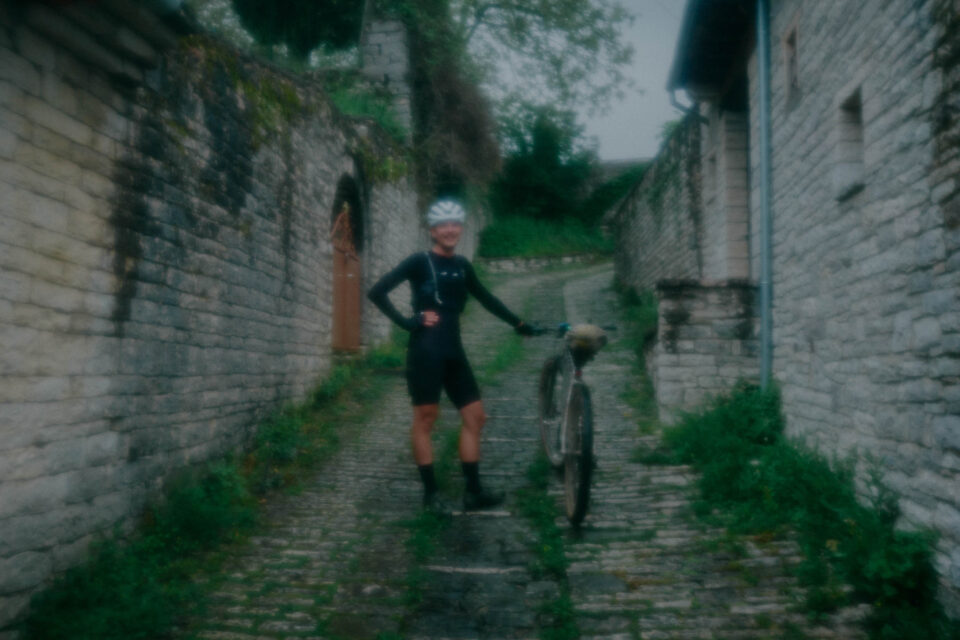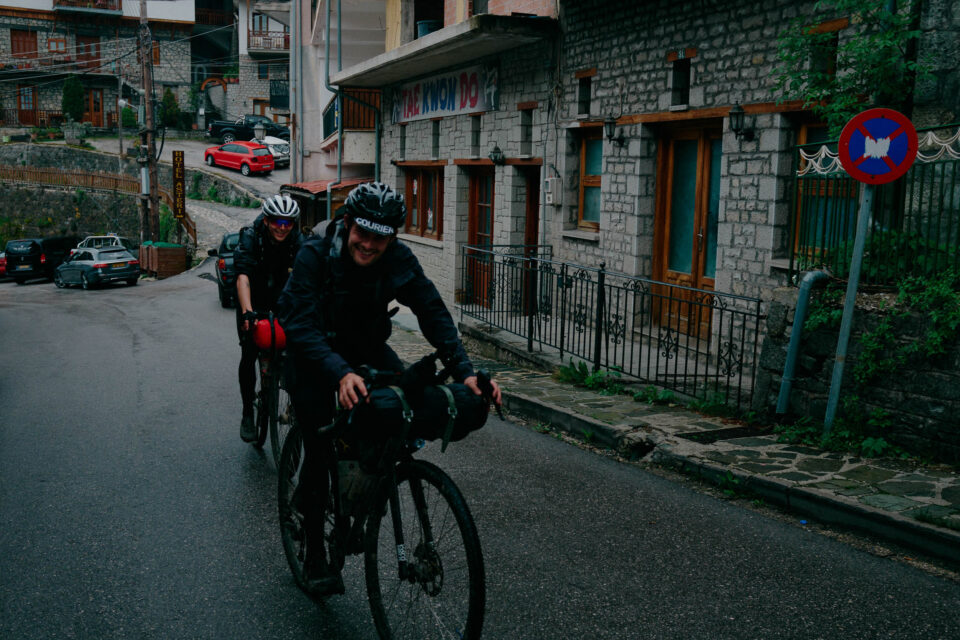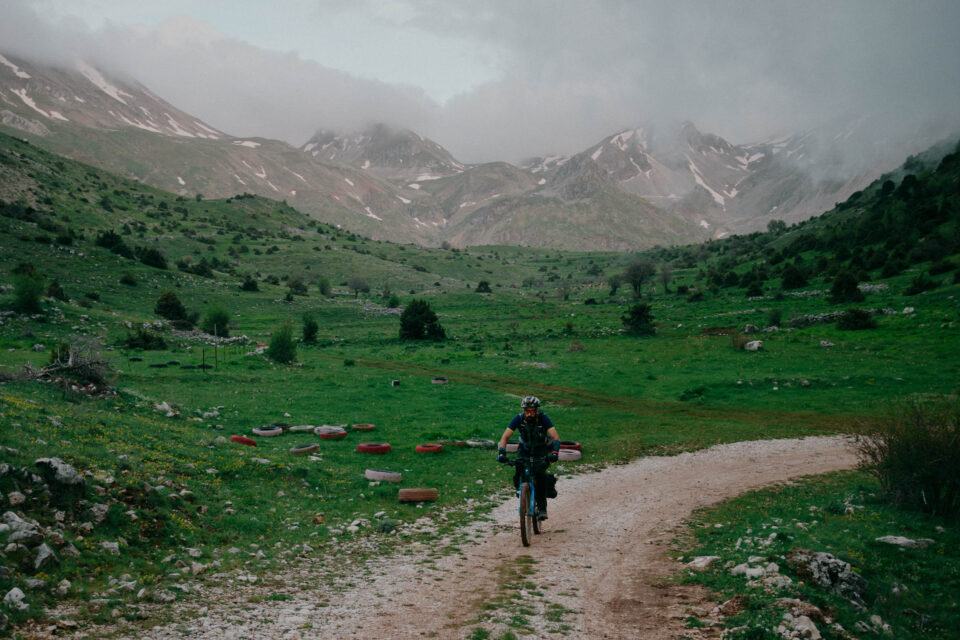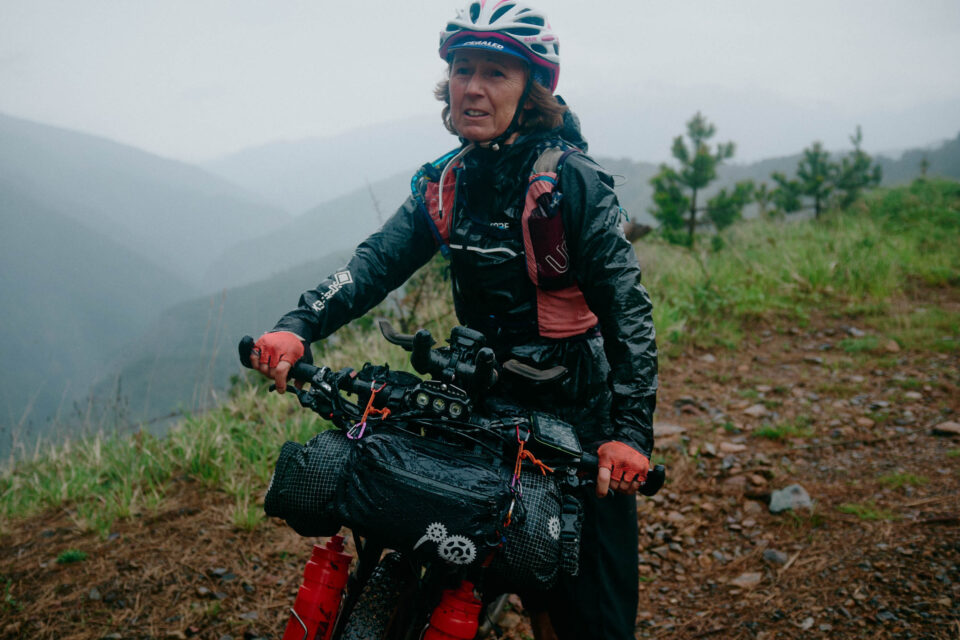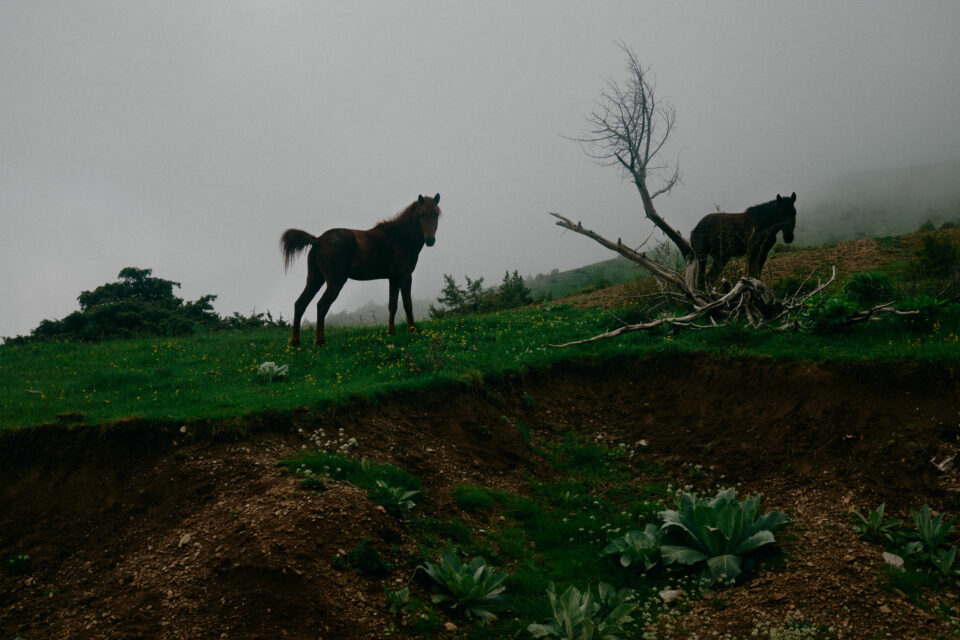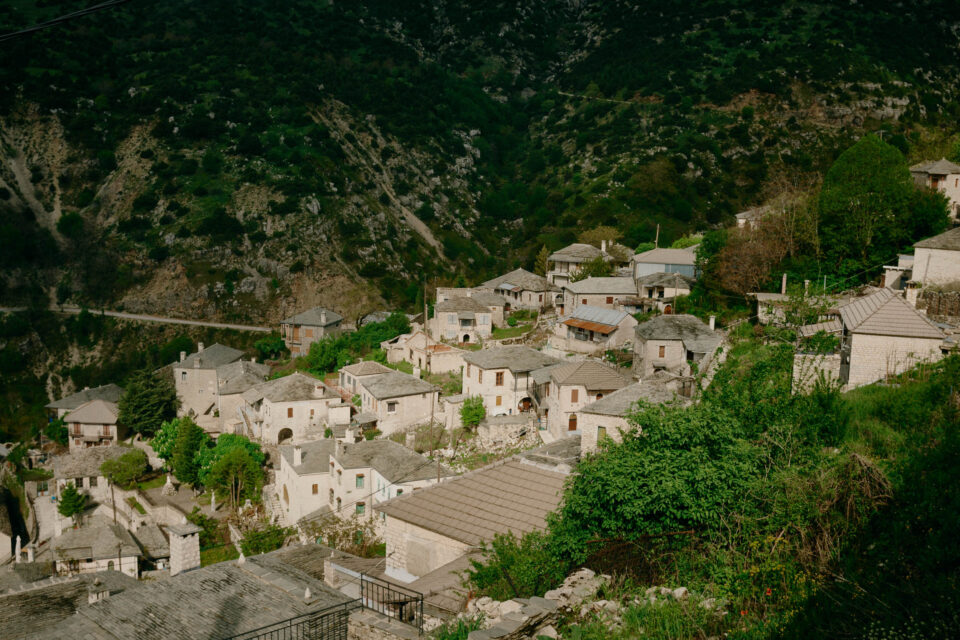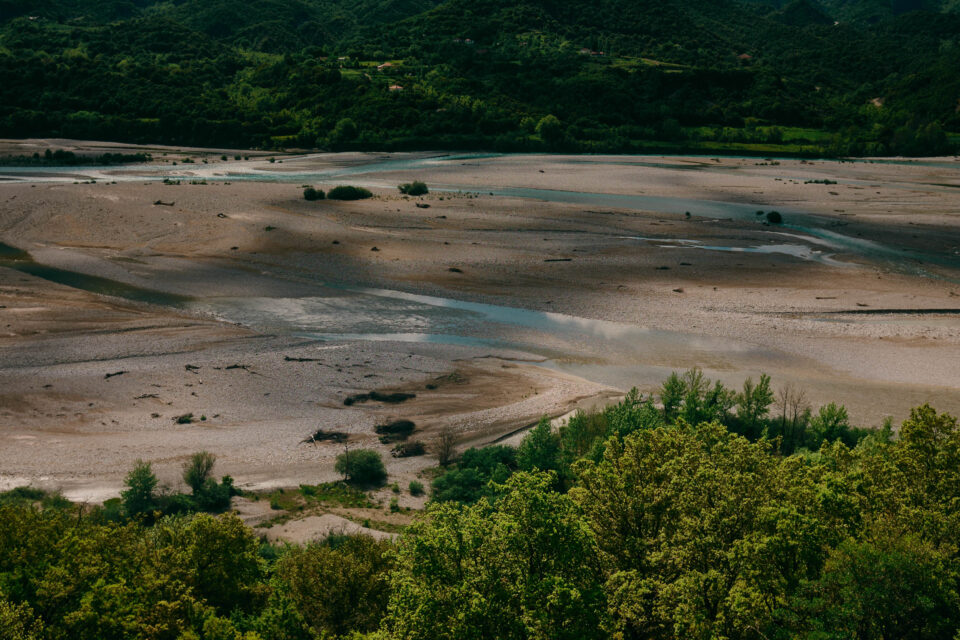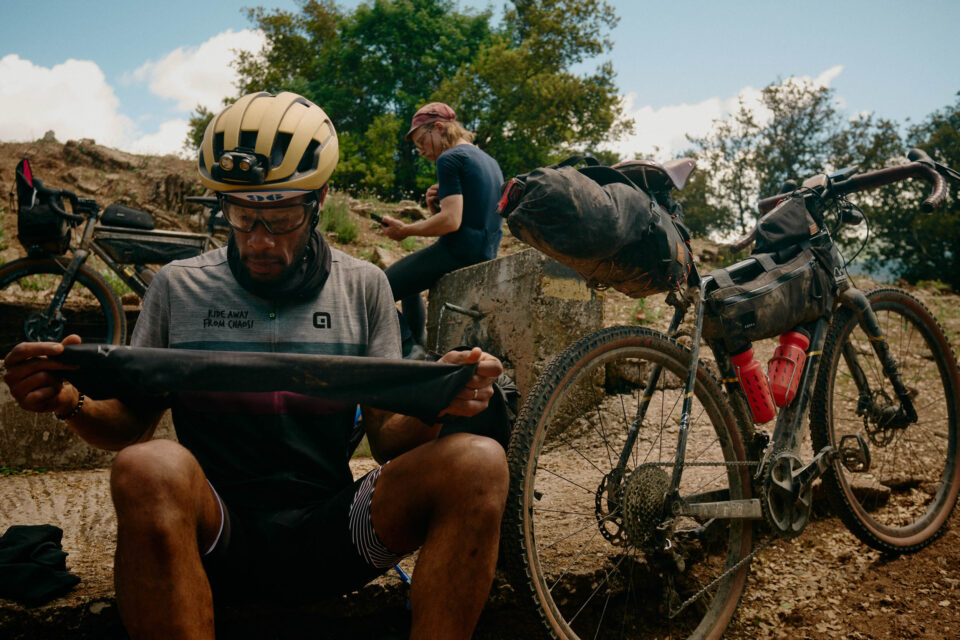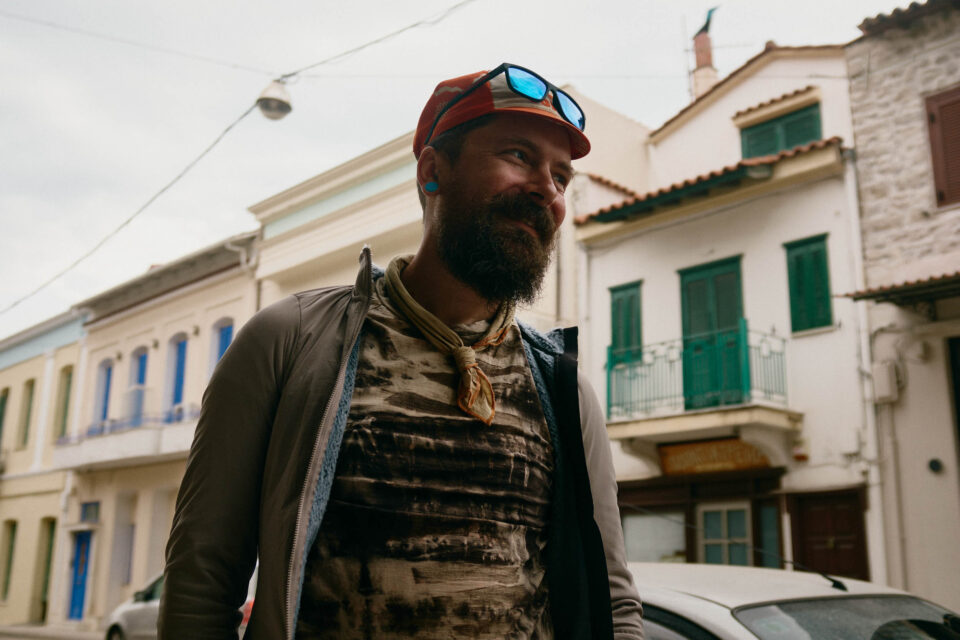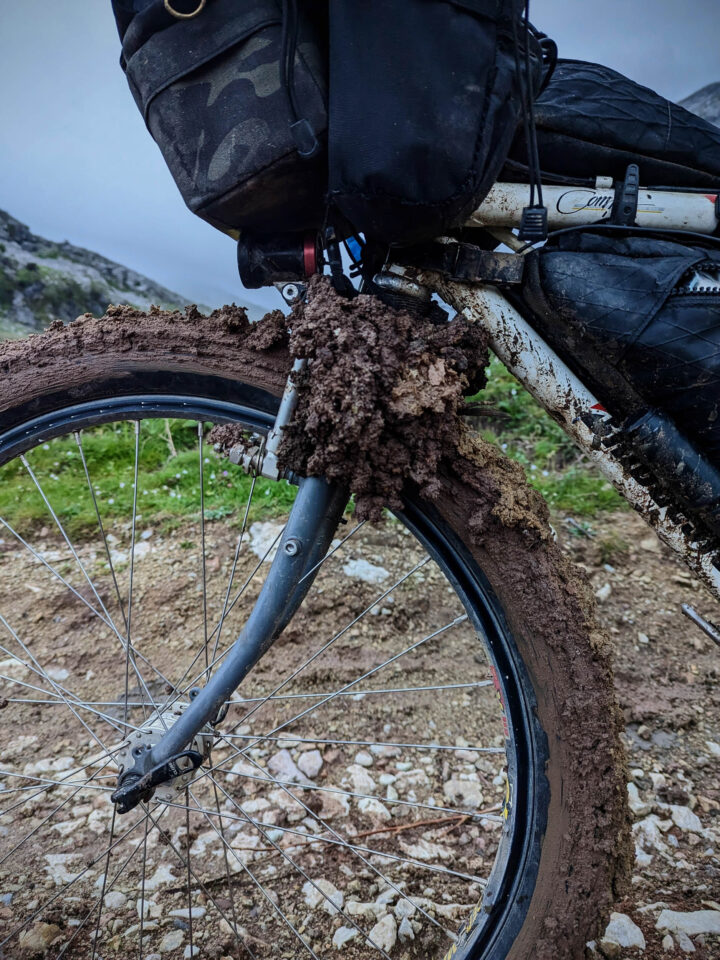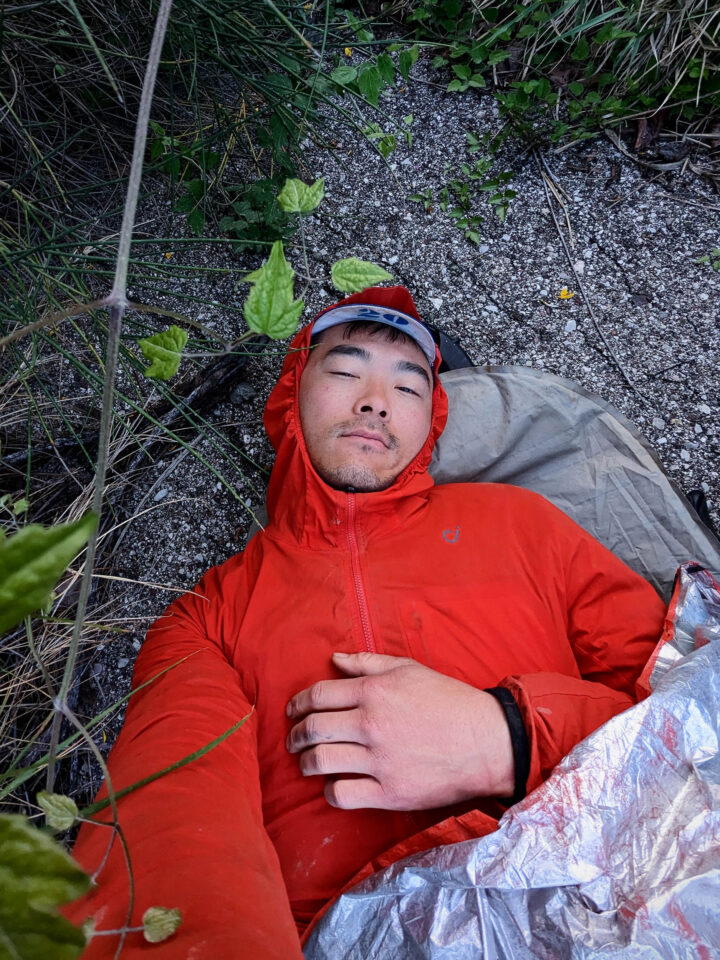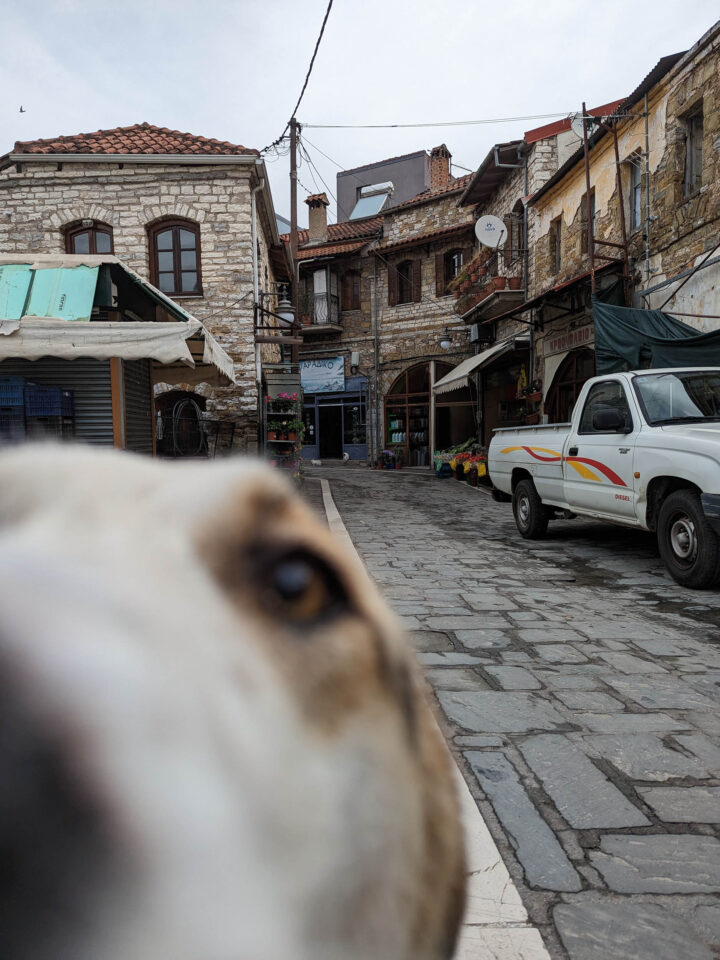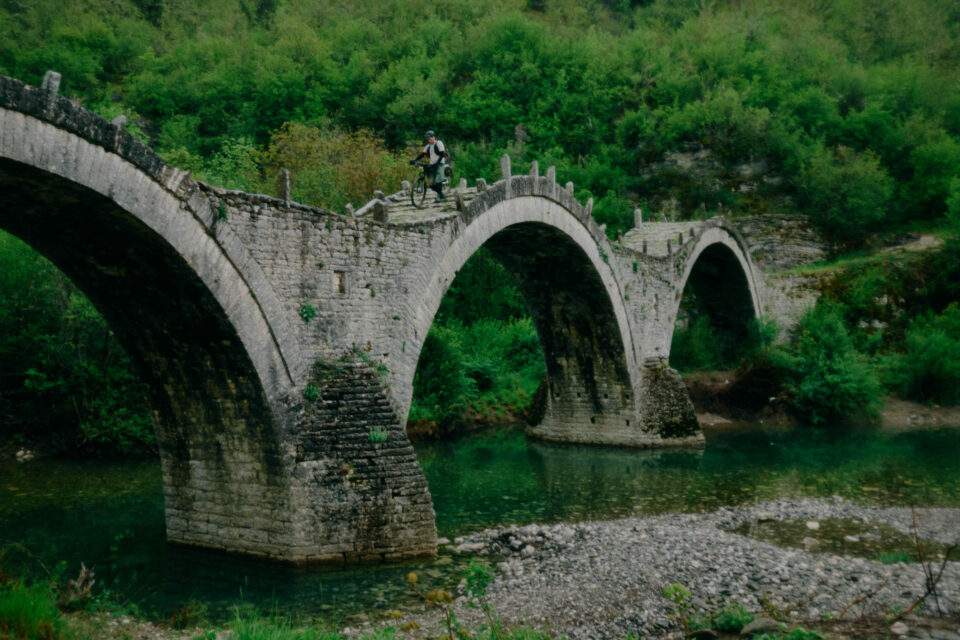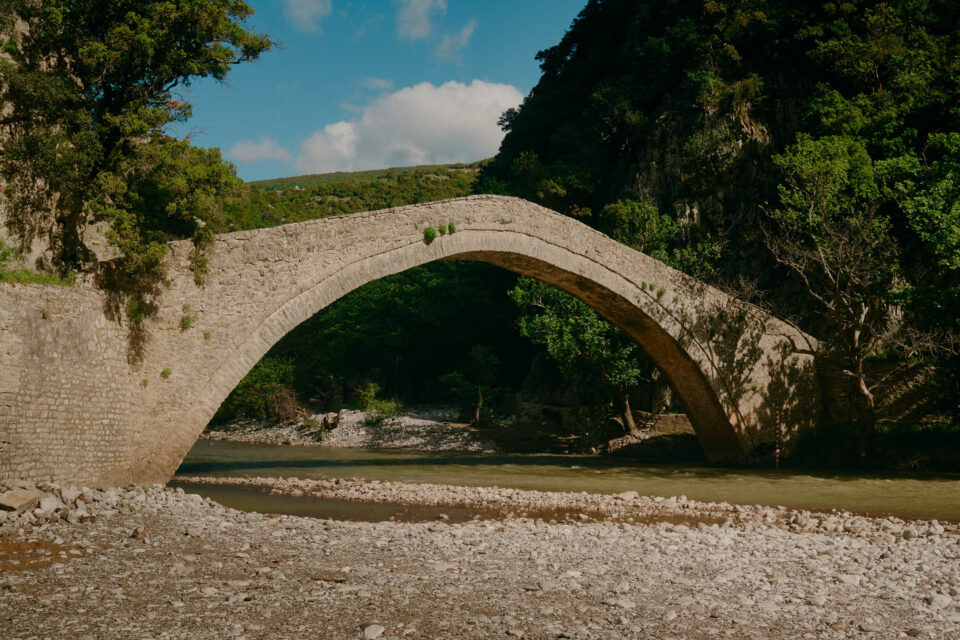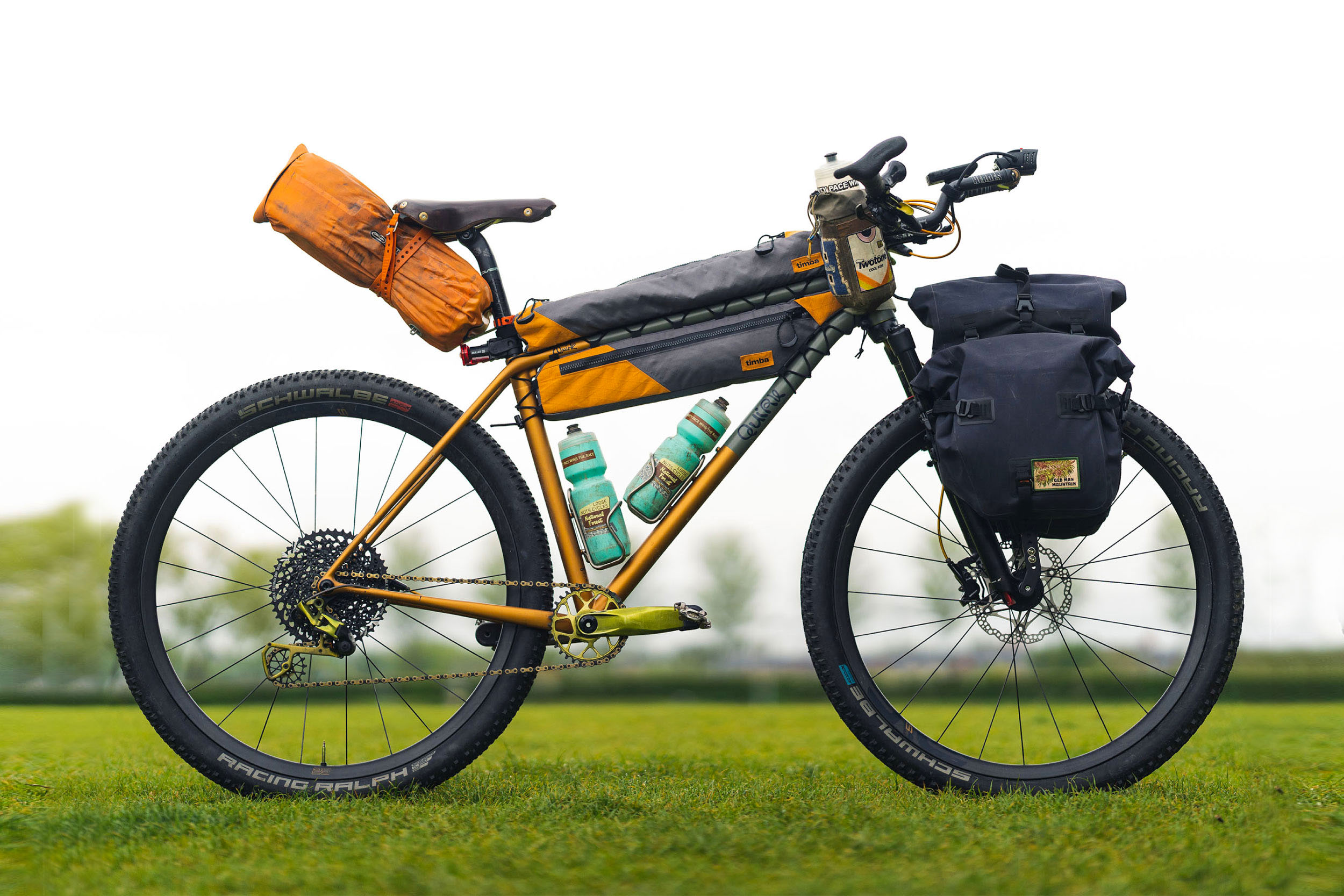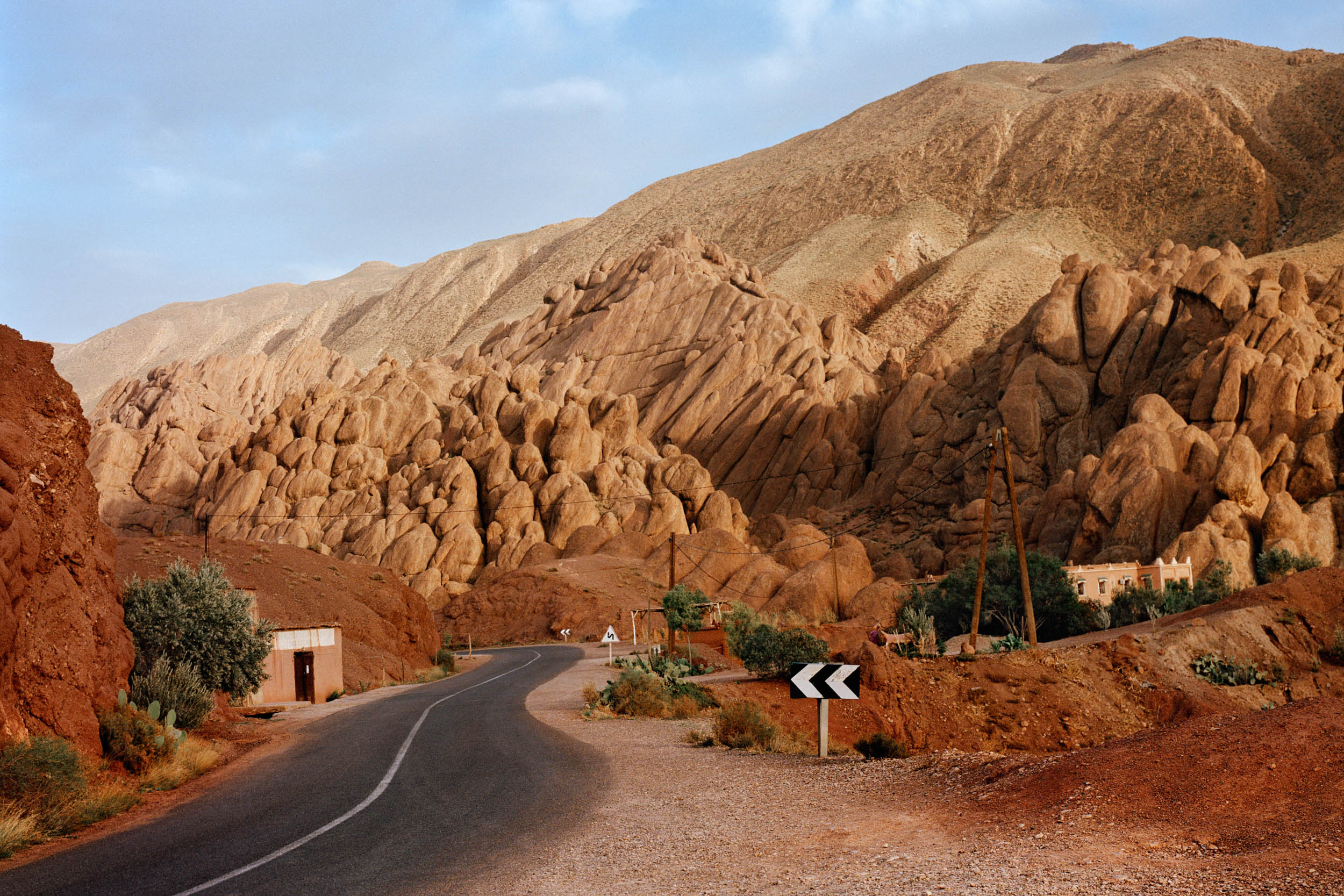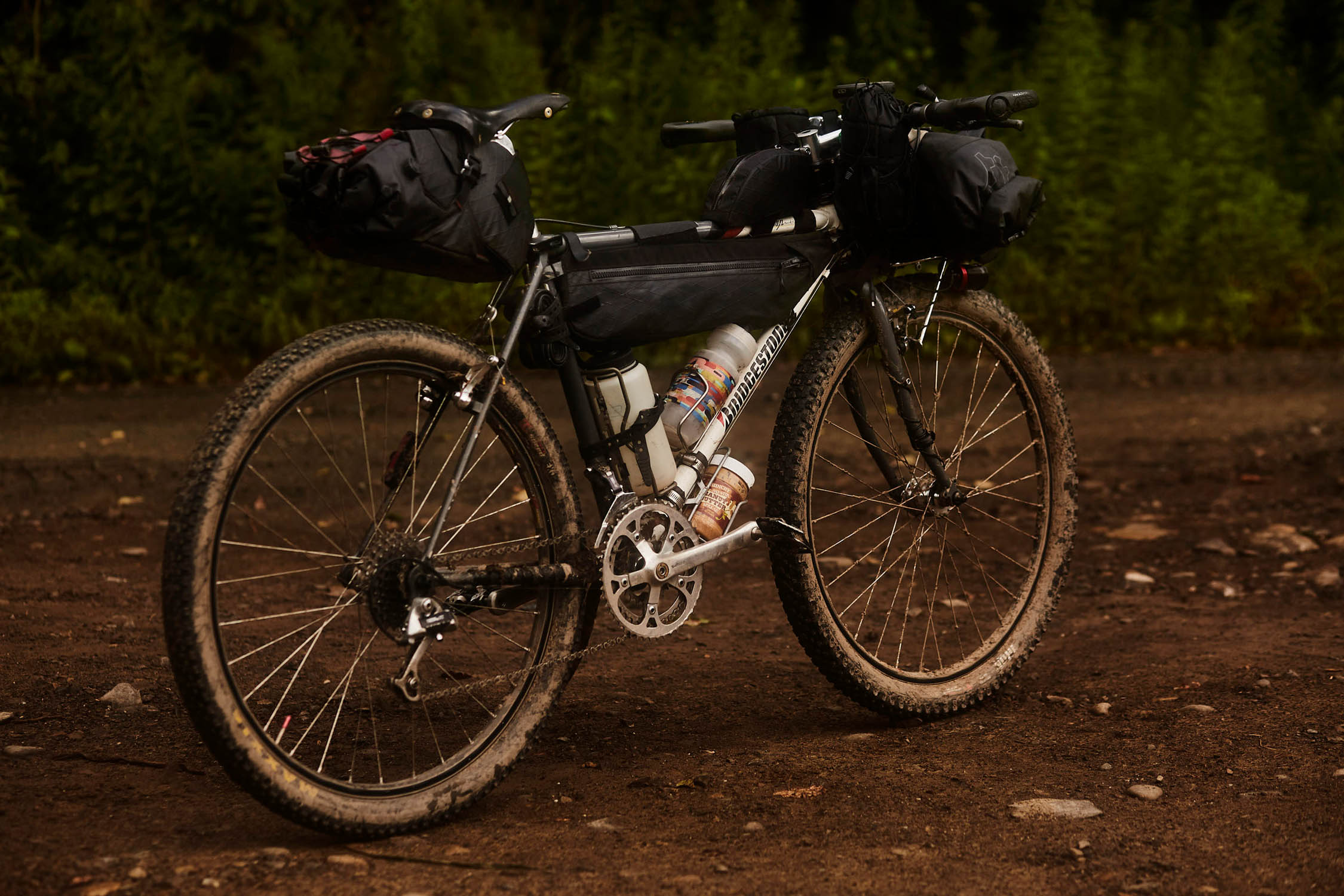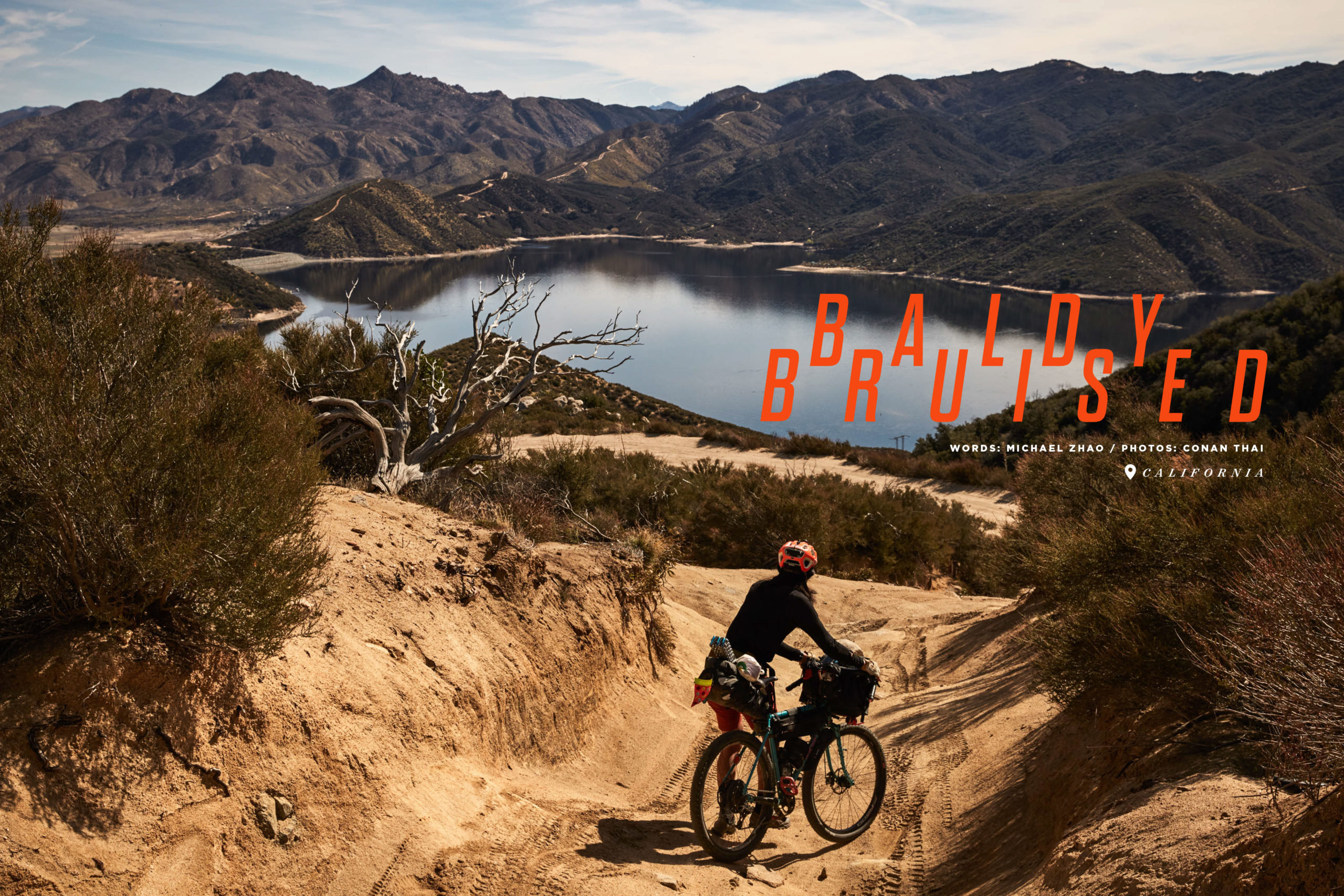Hellas Indomitable: Riding the 2023 Hellenic Mountain Race
Photographer Conan Thai was at the inaugural edition of the Hellenic Mountain Race in Greece this spring, where he captured a moody set of images from the wet and rugged course. Find his shots paired with a story about forming bonds with fellow riders, evading dogs and earworms, and ultimately scratching from the race here…
PUBLISHED Jul 19, 2023
With visions of islands and azure waters, friends all year have been asking if I was eager to travel to Greece for the inaugural Hellenic Mountain Race (HMR). I’d laugh and respond that a low-level state of anxiety was the more fitting response for any event helmed by race director Nelson Trees. That said, HMR was billed as a faster-rolling, more paved route compared to Trees’s more established races, the infamous Silk Road Mountain Race (SMR) and Atlas Mountain Race (AMR). Unfortunately, the weather had other ideas.
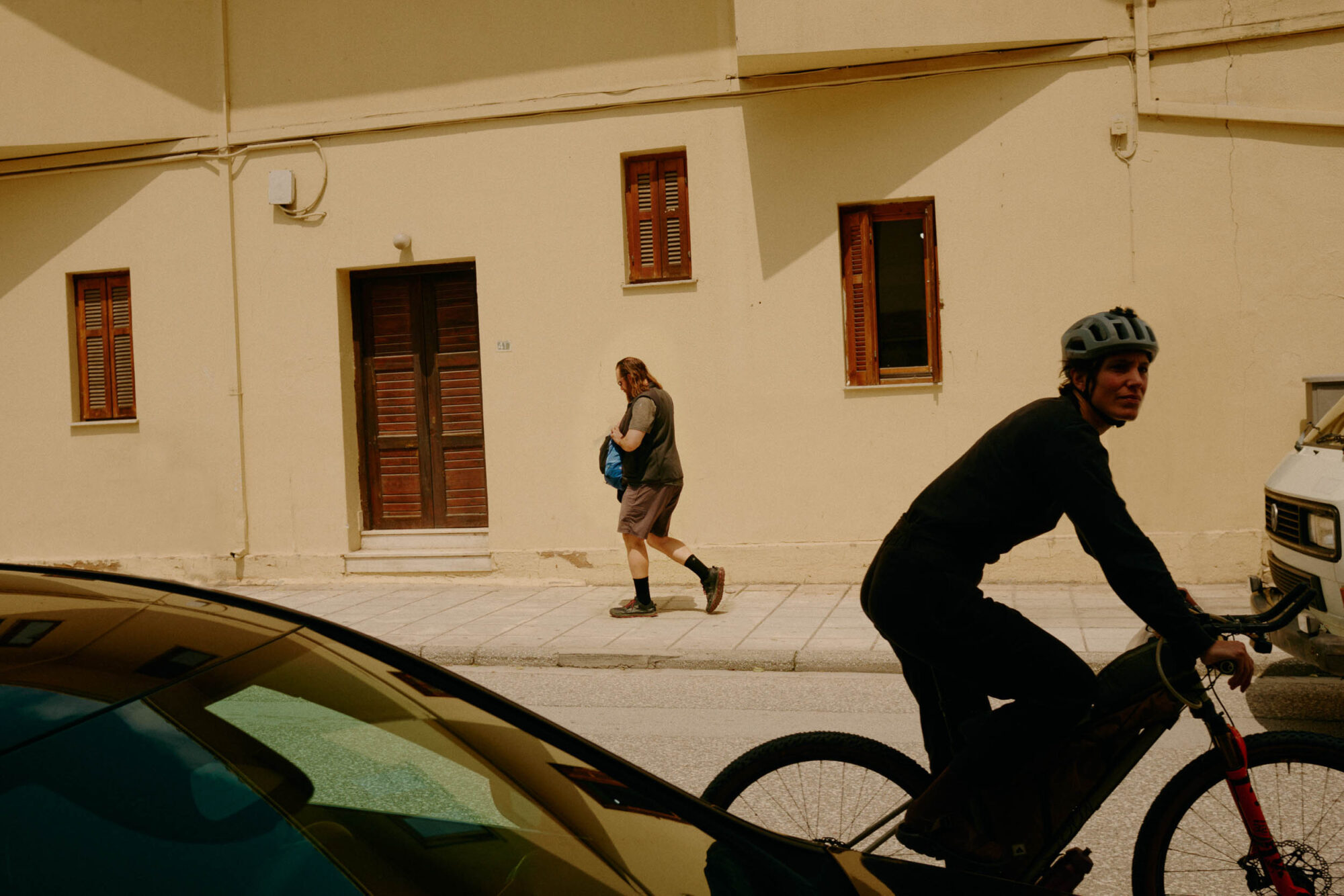
The Pindus Mountains span from the bottom of Albania to the northern tip of the Peloponnese and are locally considered to be the spine of Greece. The result of tectonic collision and the alpine orogeny, these ranges are heavily eroded, sliced by transverse valleys, carved up by innumerable drainage systems, and strewn with sidewall-slicing metamorphic stone. As a result, the roads and trails built into the mountains may be paved but are still precipitous and feature few flat sections. Although the route mostly wends its way through lowland, canopied forests, a few sections would take us through snowy passes. It would be challenging but manageable under normal springtime conditions, but this was no normal spring.
“IT’S GOING TO BE A WET ONE,” came Nelson’s all-caps warning via Sportify, the communications app used for the race, just a few days prior to the grand depart. Around that same time, expected frontrunner Sofiane Sehili was on a warm-up ride when he was taken out of contention by a wild pack of dogs, resulting in an emergency room visit to address a 10-centimeter-wide laceration.
It was under these two ominous signs that 124 riders from 21 countries gathered in Meteora, Greece, this past May. The ability to ignore ominous signs is basically table stakes for participation in these kinds of events, as is a willingness to adapt to changing circumstances.
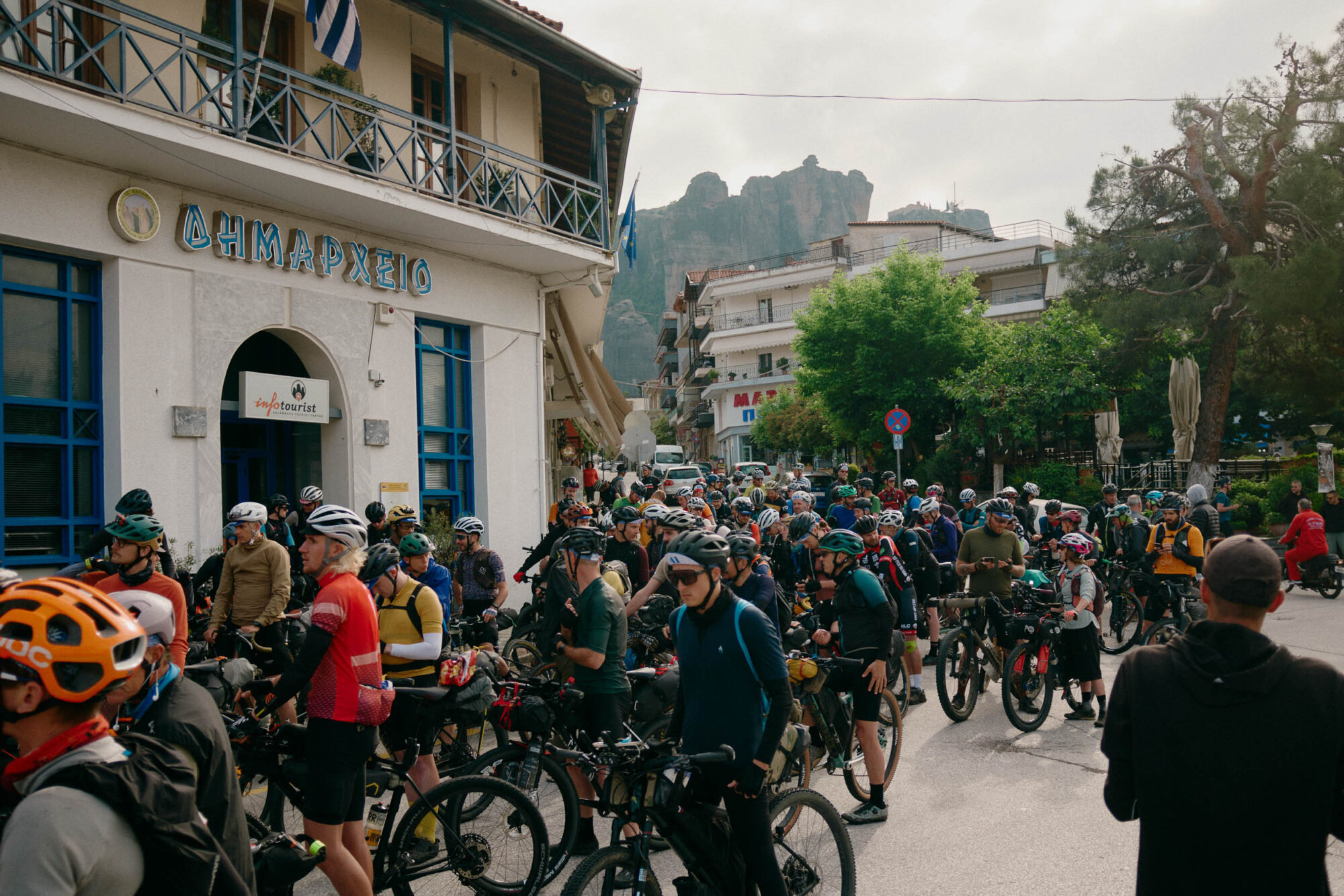
In the days before the race start, discussions about dogs grew intense after Selhili’s encounter. One person suggested treating the dogs with tenderness, but Greek rider Georgios Lentzas refuted the approach, “I do not know this love-love.” Strategies for coping with the weather were similarly fraught. Many racers would forgo ultralight ambitions by scouring local hardware stores in search of heavy ponchos, dishwashing gloves, and rubber boots, while others just accepted being soaked for days.
Racers are bonded by the shared hardships that are often difficult to fully convey to friends and family back home. These stories, grand in nature and even grander with every retelling, are alive again whenever riders are able to meet back up. It’s a testament to the draw of these events when more than a third of the HMR field have attempted SRMR or AMR before, ready to once again ride through the spectrum of emotional and physical states.
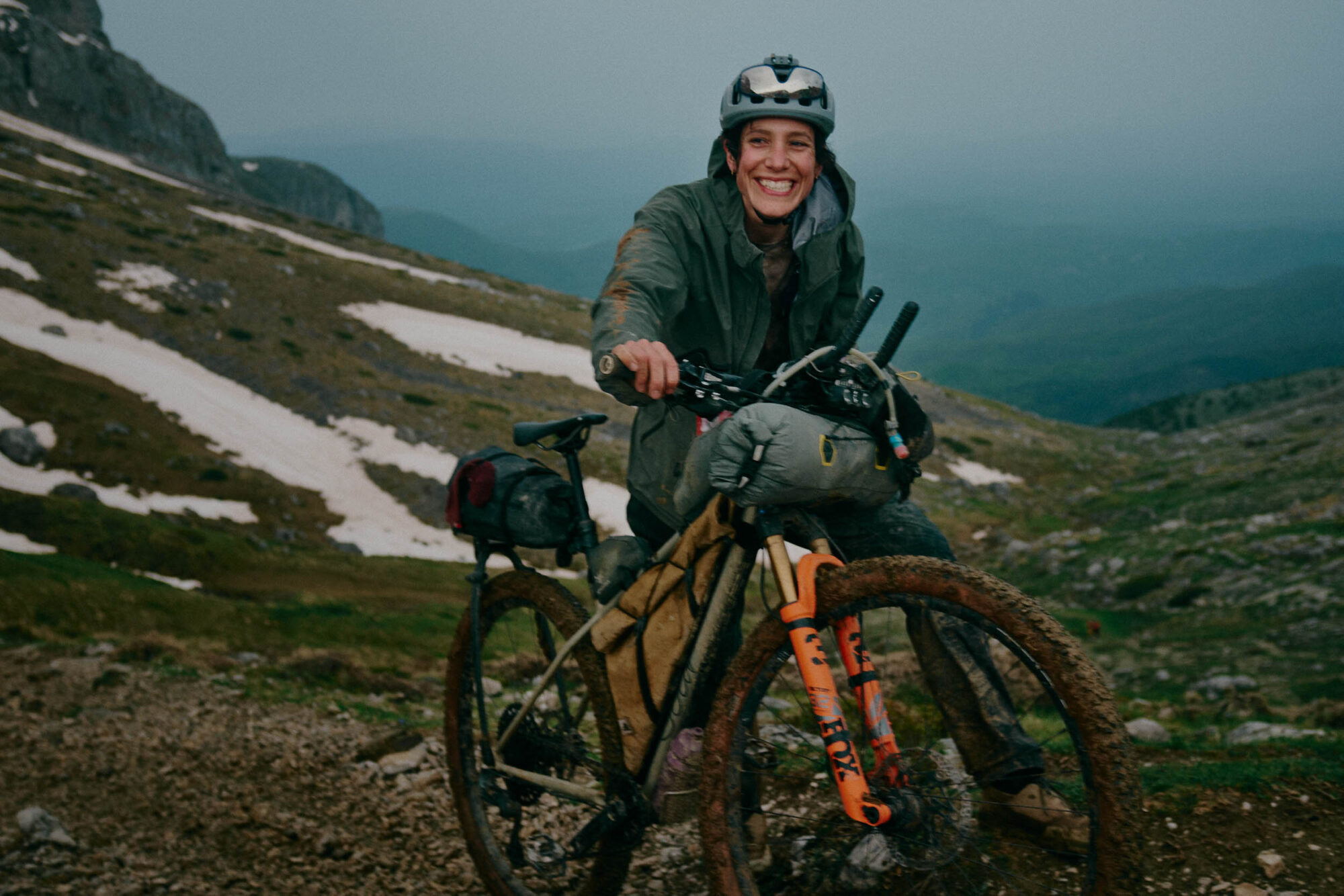
I’ve lately been finding peace in not listening to any music, audiobooks, or podcasts on long trips, listening instead to my body and allowing my mind the room to wander when spending time outside. This backfired after resupplying on the second occasion in Metsovo when a folk-pop cover of Smashmouth’s “All-Star” playing over the grocery store’s speakers gave me an earworm for the remainder of the race, a minor nuisance I could not get rid of. However, when there’s so much to do, so much to see, perhaps there’s nothing wrong with using a song as an anchor.
At some point, one of the riders from Switzerland, Kostas Arvanitopoulos, talked about being born in Greece but never taking the chance to see the varied landscapes the HMR took us through. It’s all too easy to overlook something that feels so convenient to access. I grew up just a few miles from the Pacific Ocean, but my swimming form is atrocious. The description in the race manual that “there are no river crossings worth noting” was off the mark but, mid-race (and many stream crossings later), Sportity updated us with a note to reroute at kilometer 483 to avoid what some racers described as “waist-high conditions.” My swimming abilities were thankfully not tested. Not long after, we’d all receive another update that all cut-off times were extended 12 hours in light of the weather conditions.
It’s a given that things fail over time. When all that time is concentrated, the failure rate one can experience in a day is that much higher. Anything on the bike that moves is susceptible to damage, and that includes bodies. Beyond the cornucopia of maladies one can expect, maybe the most uncomfortable condition we widely experienced was tingling, numb feet, symptoms indicative of trench foot, unsurprising when footwear has stayed wet for days (I will refrain from sharing foot pics).
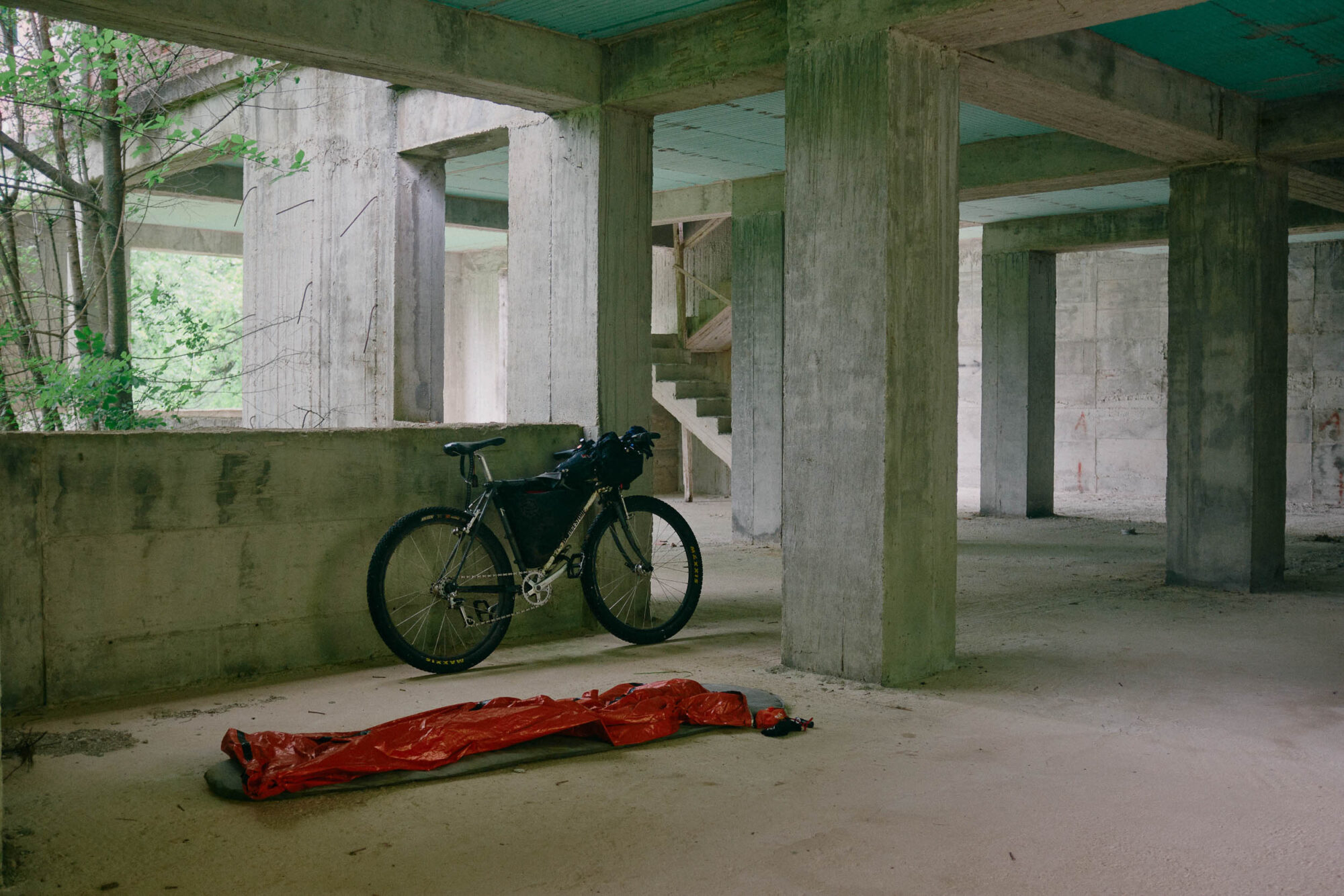
We bikepackers spend an inordinate amount of time in our heads. Where do those thoughts go, and how do we talk to ourselves? The mind can fixate, and injuries can bloom in intensity. In equal measure, I can find myself in a mild state of ego death, my sense of self expansive when the landscape opens up as well. The profundity of personal revelations is always contradicted by the banality of our physical movements and needs. The wheels spin another rotation, our legs in a natural rhythm, the motion repetitious and familiar. Food, water, shelter. In a form of penance, the trail dictates the cadence at which our inner monologue speaks. Mel Webb brought up the idea of goldfish memory, which feels like the most fitting and desirable trait possessed by anyone wishing to participate in these events. It’s never solely about outright power or unyielding grit but, perhaps, it’s more so the acceptance that “this too shall pass.”
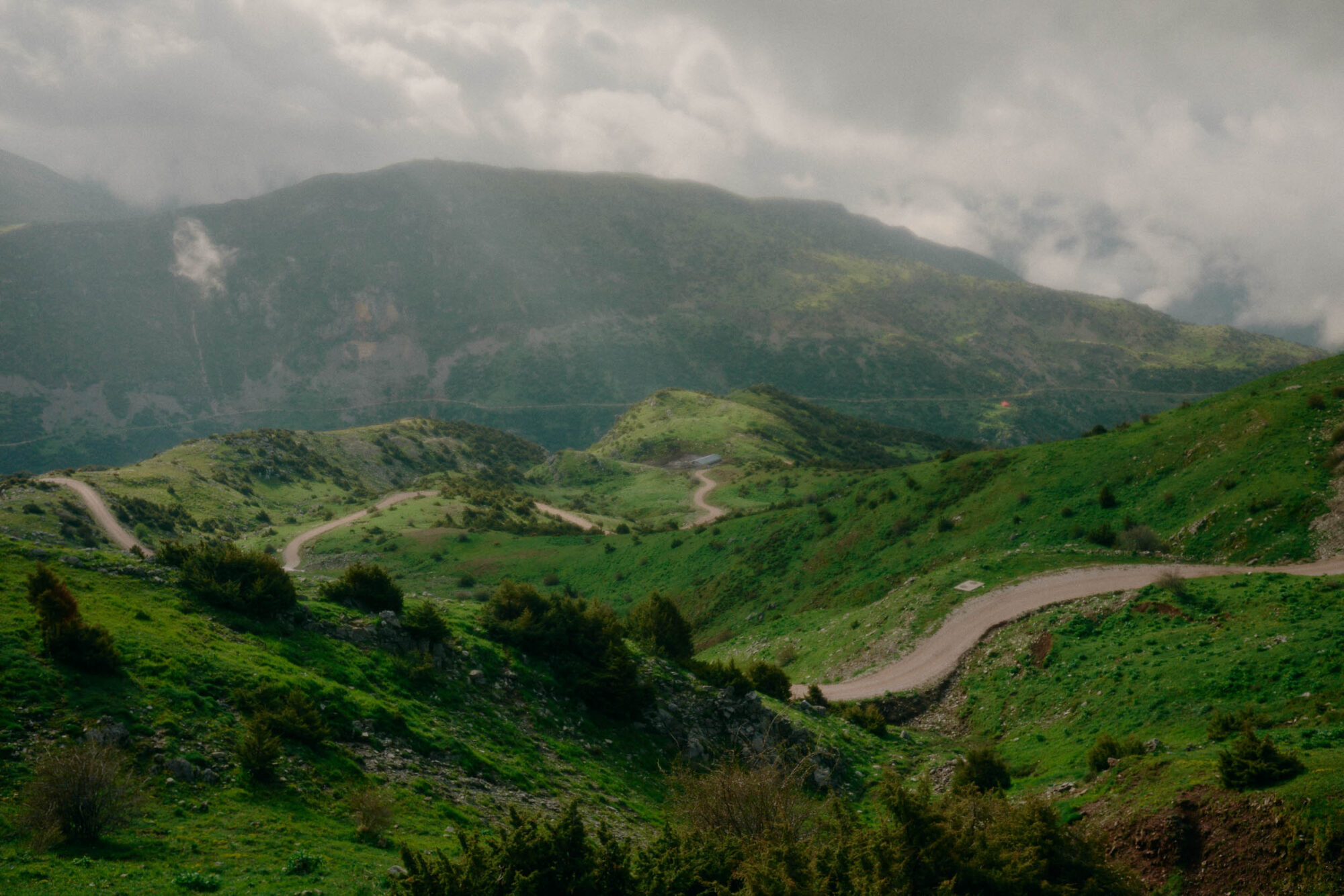
Knowing I was not alone provided little solace. The checkpoints and larger towns draw us in with their comforts but can also present doubt as racers congregate, commiserate, and attempt to recover. There were multiple points on the route that allowed racers to cross paths with someone a few hours behind or ahead. In the town of Papigo at CP1, where riders pass through twice, it’s one state of mind to have completed the slippery out-and-back hike up to Mount Tymfi in the daytime and another state of mind waiting in town knowing that it awaits the following morning. Scratching is often a decision that doesn’t happen alone, and day four saw 20 riders make that choice.
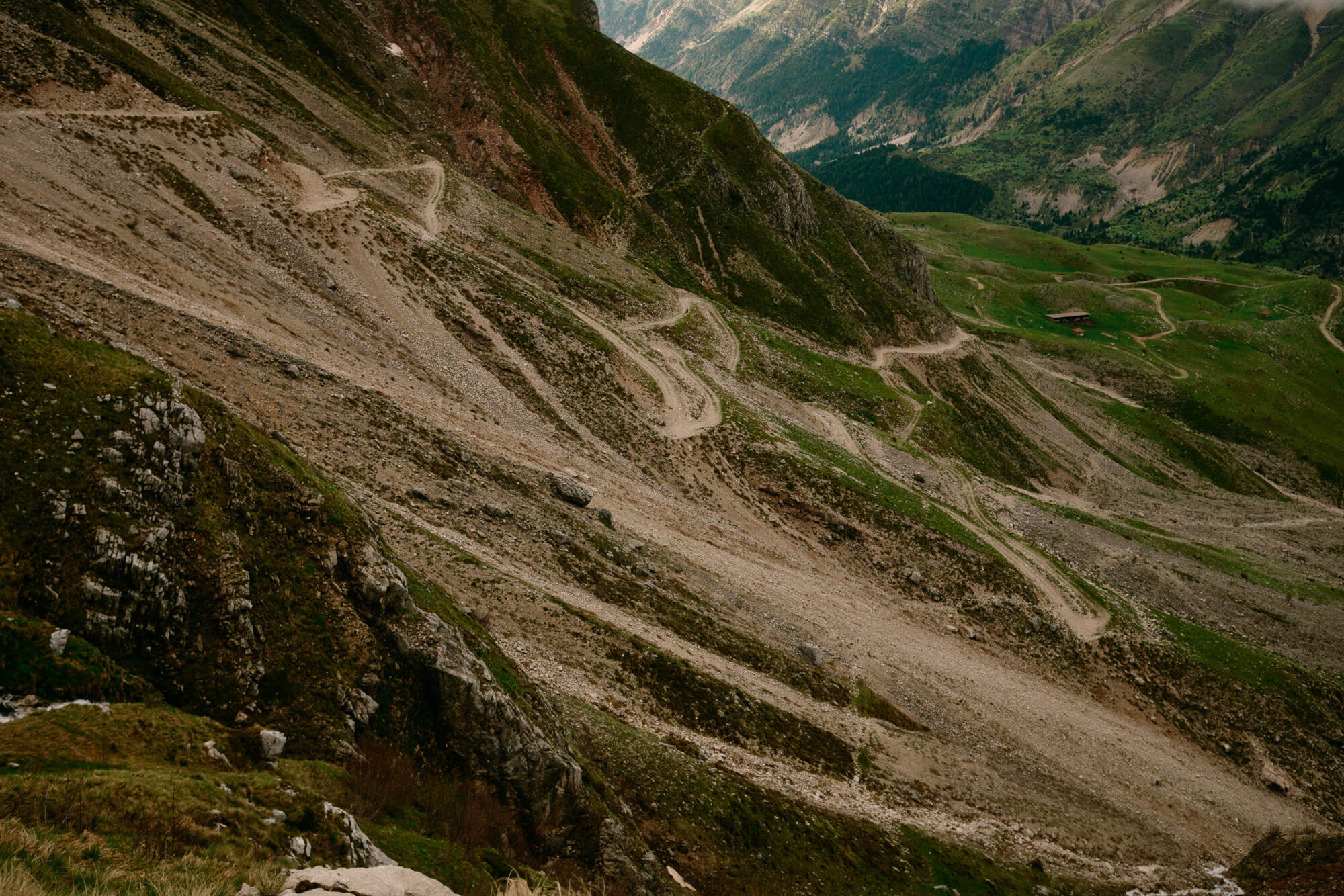
The mountain pass climb out of Melissourgi and CP2 was, true to the race manual, a callback to the landscapes often found in Kyrgyzstan. Leaving the thickly forested sections, riders were presented with proper alpine territory, and this was where my mind began to wander. A scene from Powell and Pressburger’s 1947 film Black Narcissus always rushes to the forefront, as a dazed Sister Phillipa confides to Sister Clodagh, “I think you can see too far. I look out there, and then I can’t see the potato I’m planting. And after a bit, it doesn’t seem to matter whether I plant it or not.” When asleep for only a couple of hours a night, maybe dreams start making their way into the daylight hours. I struggled to stay focused, taking breaks to record silly videos on my phone or marvel at the clouds rushing up through the valley. Efficiency with time is certainly not a strong point of mine in race settings.
A slow leak in my inflatable sleeping pad had initially been my alarm clock for years, my body knowing it was time to move after contacting the ground following five hours of the pad staying inflated. Abrasive, mud-strewn grit hurried me along by turning my pad into merely a groundsheet and reducing my sleep to naps. I’d eventually scratch after reaching CP3 and sleeping in a bed for the first time in over a week. In the morning, I detoured onto a more direct, paved option to reach the port city of Nafpaktos, the finishing line of HMR. I just didn’t want to miss out on the opportunity to see everyone again at the afterparty.
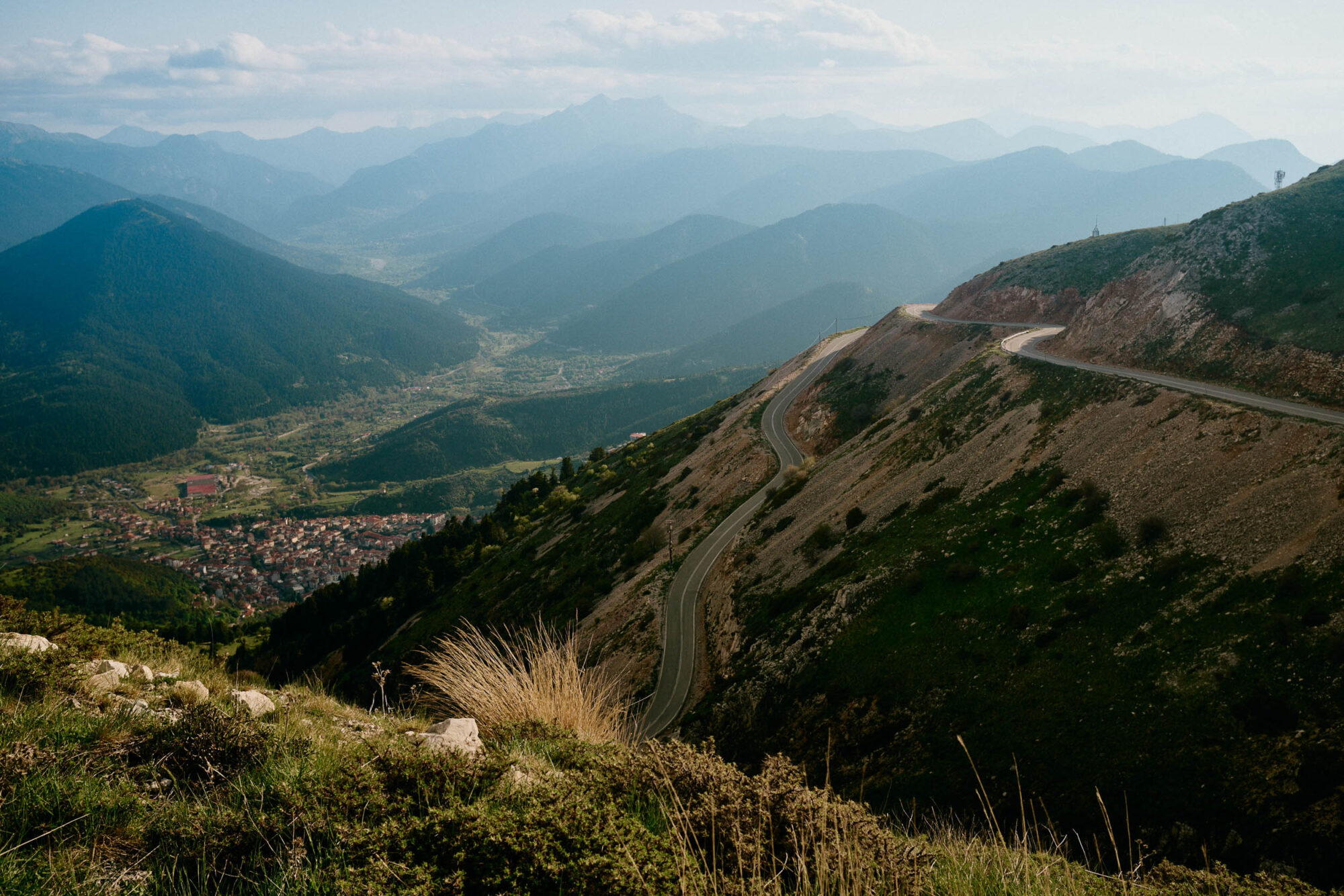
Time is perhaps the greatest contributor to storytelling, and maybe all trip reports should be written weeks after the event when memories become rosy-colored and the low points diminish in intensity. Wounds scab over, awkward tans fade away, and sensation returns to the hands. Around this time is when one finally starts recalibrating in their normal life. As a part of this journey, one might expect to answer any number of questions all asking some version of the same inquiry: “Why subject yourself to all this?”
Well, as a wise person once sang: You’ll never know if you don’t go. You’ll never shine if you don’t glow.
Further Reading
Make sure to dig into these related articles for more info...
Please keep the conversation civil, constructive, and inclusive, or your comment will be removed.







